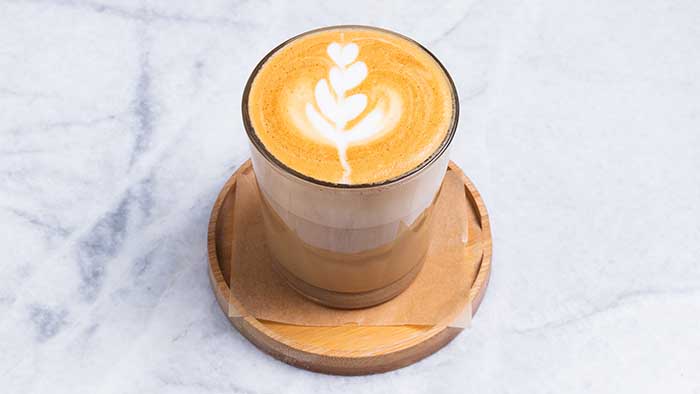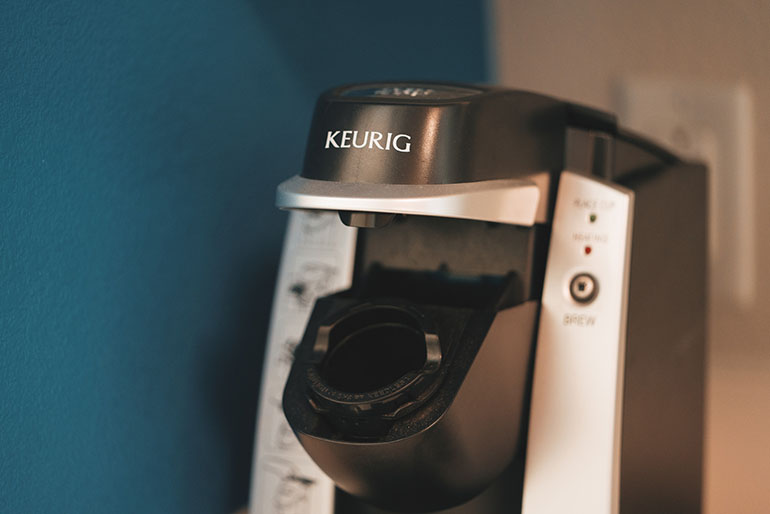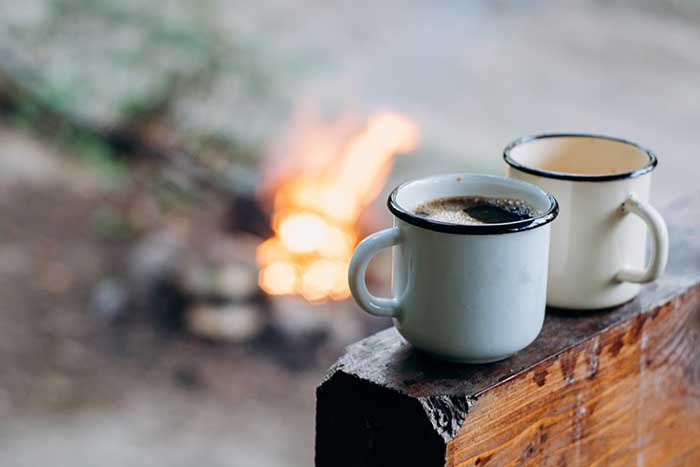Anyone who’s been unfortunate enough to drink coffee that’s been lying around all day will know how nasty and bitter coffee can quickly turn.
It’s a common incident at offices and workplaces across the planet, with coffee brewed in batch first thing in the morning and still readily available to workers well into the afternoon and evening.
Like with any food, coffee has its turning point where it goes from delicious to just plain nasty. However, with coffee it seems to be so much quicker. Why is this?
How long is coffee good for?
Generally speaking, coffee is only good for up to 30 minutes after brewing. You can store it in an airtight thermos to prolong this, but if coffee is left exposed for any longer than this then it’s considered stake.
This might seem like a very short time, but it does underpin the importance of fresh coffee, not just with its beans and grounds, but also how recently it’s been brewed.
While the freshness of your chosen beans and grounds will have an impact, perhaps the biggest contributing factor to brewed coffee having such a short shelf life is oxidation.
What is coffee oxidization?
Oxidation in coffee is the reaction by coffee compounds once they come into contact with the oxygen either in the air around your cup, or the oxygen in the water itself.
Despite its obvious life-giving properties, oxygen does cause decay. Just like it causes metals to rust and food to mould, it also causes coffee to go stale.
Unlike what happens with metals and food, oxidation is pretty much invisible with coffee. However, it significantly deteriorates and strips away the flavors and aromas of the coffee.
In truth, oxidation happens to coffee beans even before they’re roasted, but very slowly. If roasted beans are stored properly in an airtight container then this will slow down the process well. Once they are ground however, this oxidation really does kick in.
In truth, coffee brewing is oxidation. It’s just that it’s using the oxygen in the water to extract the coffee oils, aromas and flavors. It’s a process what we do want to happen, but we need to strike a fine balance between a beautiful brew, and a cup of bitter stale coffee water.
This process is heightened with two specific coffee variables: One is grind size; one is heat.
Oxidation happens much faster at higher temperatures, as the engaged molecules have more energy. As a result, we don’t see cold brew coffee go stale as quickly as hot brew methods.
With fine grounds, the surface area is greater, which means they are more exposed to oxygen. Finer grounds also release CO2 – a good agent at slowing oxidation – quicker.
Why does coffee turn bitter?
For all that we want oxidation to occur, we want to enjoy it before it crosses the line into just bitter and nasty.
As brewed coffee oxidises, the pH level of the coffee rises which increasingly makes it taste bitter and ultimately stale.
As I’ve said when talking about coffee variables, there are other factors that contribute to bitterness and as a result, certain types of coffee are more prone to faster oxidation than others.
Over-extraction can also contribute greatly to bitterness. This can easily occur with fine ground coffee, such as espresso, and also with overly hot water. If water is too hot and active when it comes in to contact with your coffee, then it will burn it and over extract it.
With French Press, despite the fact that it uses a much coarser grind size than espresso or pour over methods, it’s very easy to let the grounds steep for far too long. The ideal brewing time should be around 4 minutes. Read my guide to making french press here.
Stale grounds make for stale coffee
Just like with so many other types of consumable product, coffee has a limited shelf life an expiration date before it then goes stale. While it may not rot in the same way that food might, it does go stale and won’t last forever.
Essentially, the longer coffee beans have had to oxidise, the more likely they are to be stale. Even if you brew these the taste will be bitter and in some cases just plain unpleasant.
Pay attention to the roast date on your wholebean coffee pack. Ideally you’ll be grinding and brewing the beans within one week of its roast date, and certainly no later than two weeks after,
How to store coffee beans
One of the worst things you can do you to your coffee beans is leave them exposed to moisture, heat, and air. We’ve talked about the effects of oxidisation, so storing them properly will help greatly reduce the risk of the process impacting your beans.
To help preserve them as best as possible, it’s important to store them in a dry, dark, protective space. We can easily do this by keeping them in an airtight jar. These are really easy to get hold of online for not much money at all.
I then keep this jar in a dark cupboard to protect it from any intrusive light. If you’re short on cupboard space then you can keep them on your kitchen counter, but if you do so then I’d strongly recommend getting an opaque jar to block out light.
Also make sure that wherever you do store them is both cool and dry. I’ve had bad experiences before where I’ve kept the beans in a cupboard above my kettle. Bad idea. Over time, condensation from the kettle’s steam had permeated its way through the cupboard door and created a layer of mold inside the door and around the shell of the jar. This contaminated the beans and rendered them unusable.
Lesson learned.



